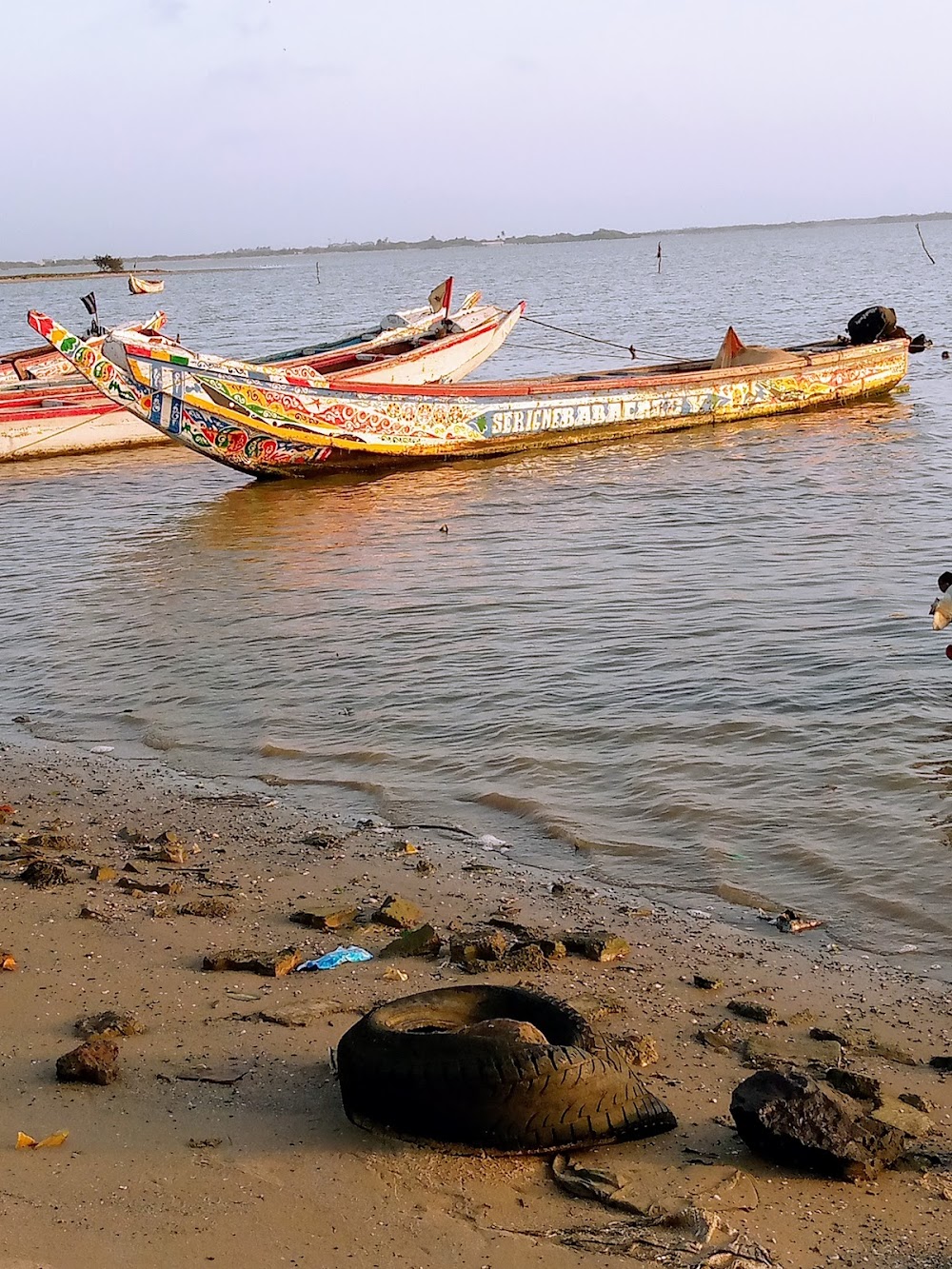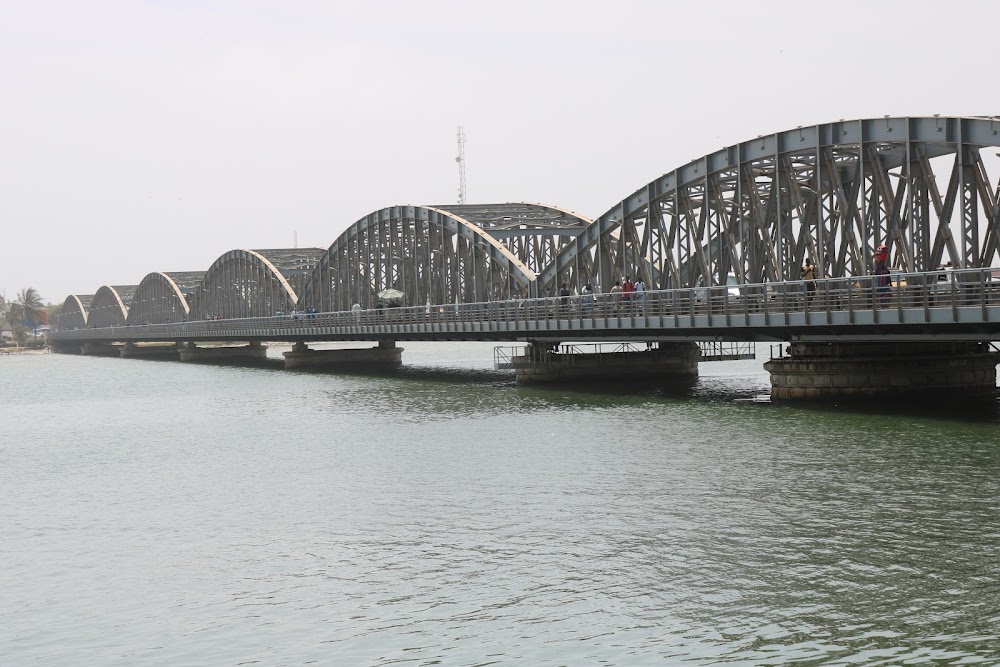Island of Saint-Louis (Île de Saint-Louis)
Overview
Discovering Île Saint-Louis: A Cultural Gem in Senegal
Île Saint-Louis, nestled at the mouth of the Senegal River and near the Atlantic Ocean, is a small island brimming with rich history and unique cultural heritage. Spanning approximately 2 kilometers in length and 400 meters in width, this enchanting destination offers a glimpse into the past while embracing its vibrant present.
European powers first set foot on Île Saint-Louis in the mid-17th century, with the French establishing one of their earliest settlements in West Africa in 1659. This strategic location quickly evolved into a crucial trading hub, particularly for the trans-Saharan and Atlantic slave trades. The island was named in honor of King Louis XIV of France, signifying its importance within the colonial empire.
Originally, the island featured simple wooden structures, but as it flourished, these were replaced by more resilient stone buildings. Today, many of the colonial-era structures from the 18th and 19th centuries still stand, showcasing stunning architecture characterized by vibrant colors, wooden balconies, and intricate ironwork.
Île Saint-Louis served as the administrative heart of French West Africa and was integral to trade and military operations. Its unique coastal position and proximity to the river facilitated commerce, governance, and cultural exchange, transforming the island into a bustling center of activity.
As the island developed, it adopted an intricate urban layout, with narrow streets and alleys that tell stories of its historical evolution. Notable architectural landmarks include the Governor’s Palace, the Cathedral of Saint-Louis, and the iconic Faidherbe Bridge, built in 1897. This bridge, named after the French colonial administrator Louis Faidherbe, remains a vital engineering achievement connecting the island to the mainland.
Over the centuries, Île Saint-Louis has become a melting pot of diverse cultures. The fusion of French colonialists, African traders, and European settlers has created a vibrant tapestry of influences evident in the island’s music, cuisine, and festivals. This cultural blend enriches the local experience, inviting visitors to engage with its lively traditions.
Despite its small size, Île Saint-Louis faces challenges such as economic stagnation and the effects of climate change, including rising sea levels. However, the community is committed to preserving its historical heritage. In 2000, UNESCO recognized Île Saint-Louis as a World Heritage Site, highlighting its significance and the need for ongoing conservation efforts.
Today, Île Saint-Louis is a lively community that attracts tourists from around the globe. Visitors come to explore its captivating history, admire the beautiful architecture, and immerse themselves in its cultural richness. The island stands as a living testament to its colonial past while welcoming its role in contemporary Senegal.
Île Saint-Louis's remarkable transformation from a modest colonial outpost to a modern cultural hub showcases a legacy of resilience and adaptation that continues to thrive through the centuries. Whether you're wandering its charming streets or savoring its delightful cuisine, this island promises an unforgettable experience steeped in history and culture.







